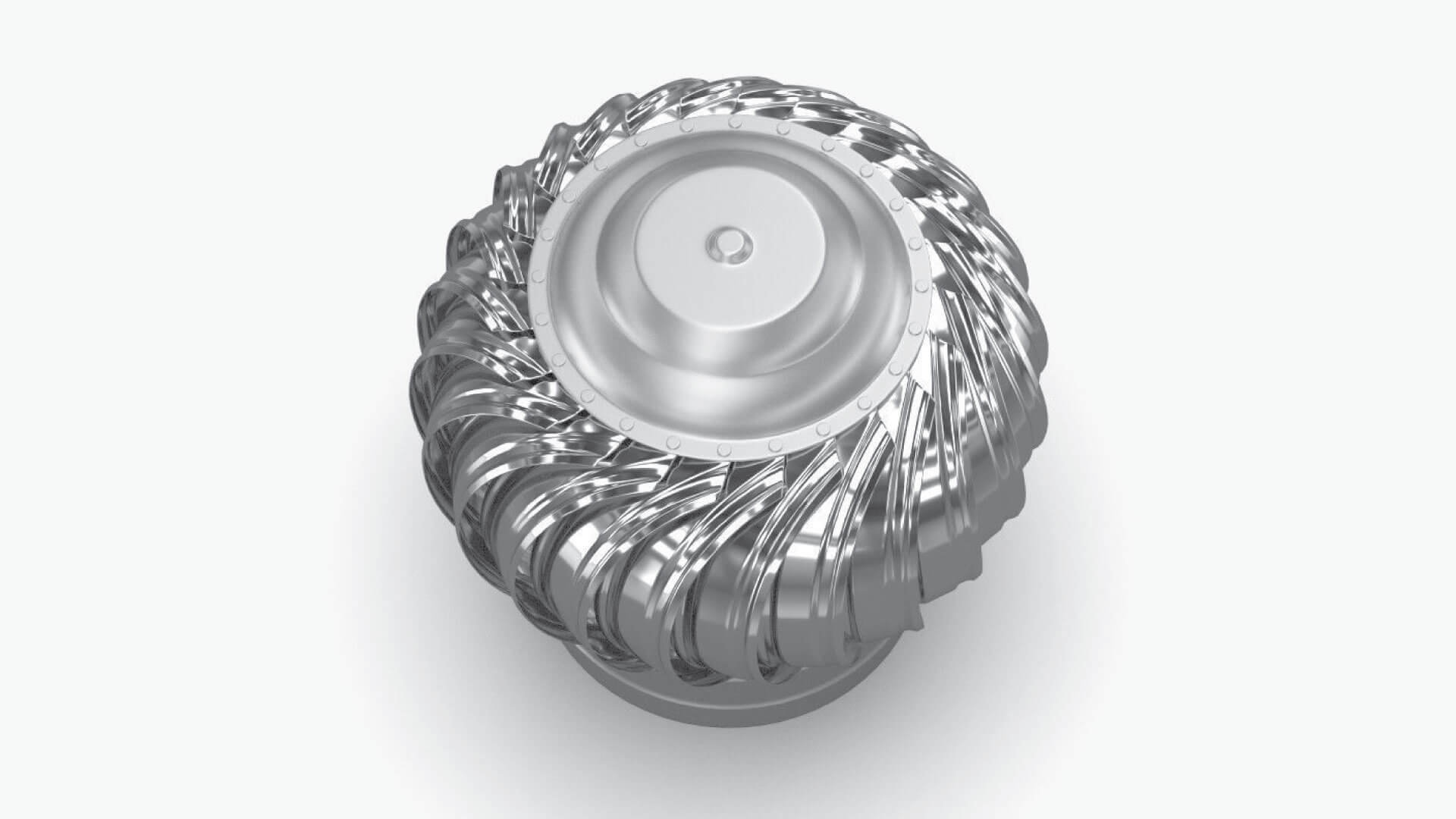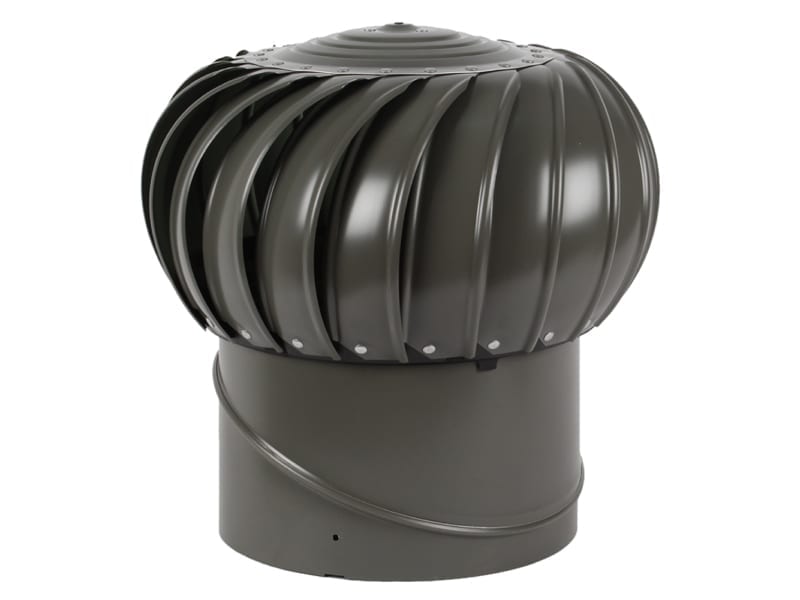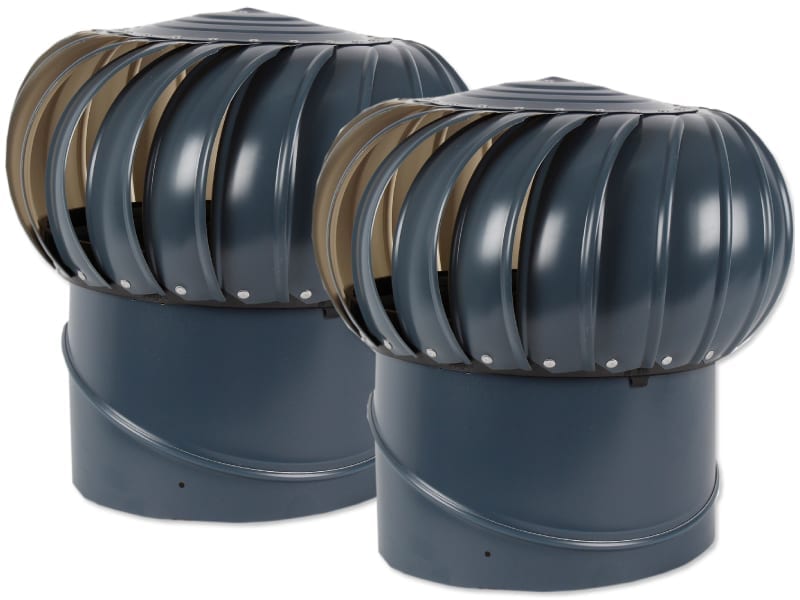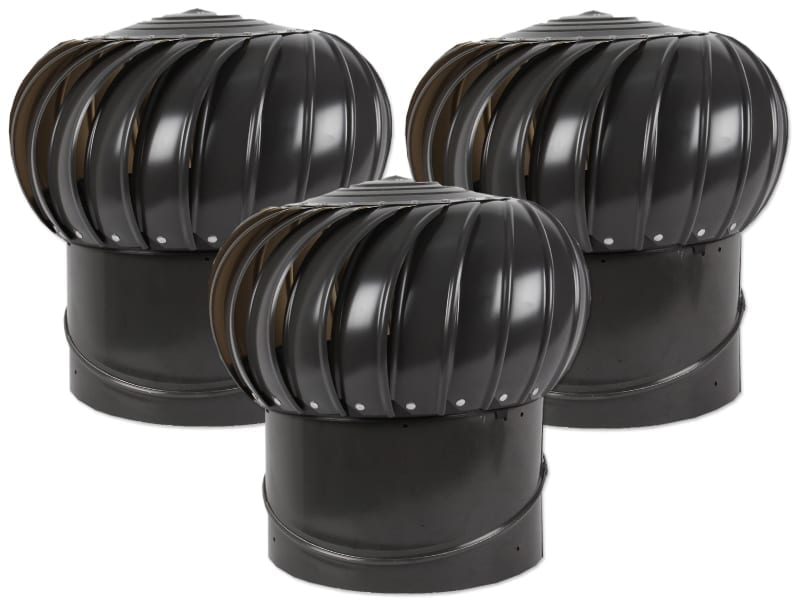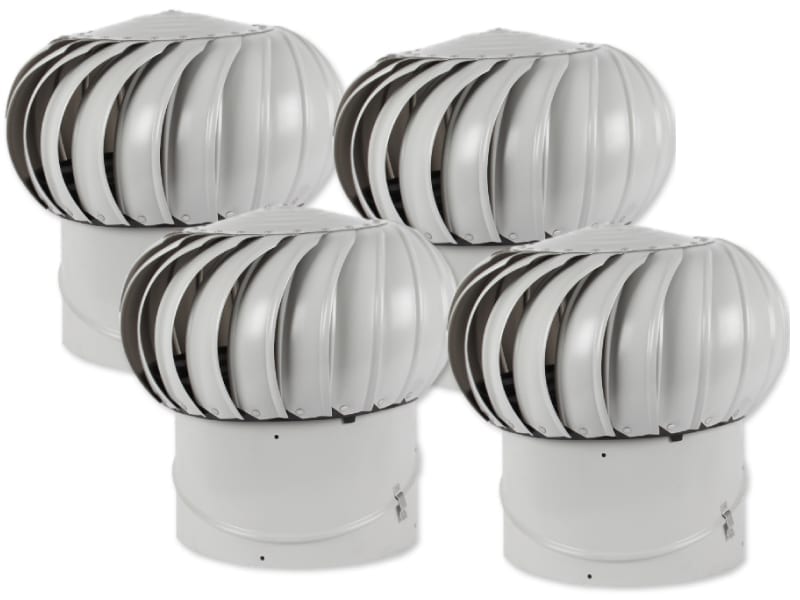Whirlybird Installation Sydney, Ventilation, and Instructions
Whirlybirds Roof Vents – Do Whirlybirds Work?
What is a Whirlybird – How do Whirlybirds Work?
Whirlybirds are a common sight throughout Australian residential and industrial areas, sitting on tops of roofs and working away day in and day out to provide cooling to the home below.
To understand what a roof whirlybird is and how it works, it’s important to have a basic understanding of the functions of your roof.
Roofs are designed to act as heat traps, in much the same way a greenhouse screen prevents heat from escaping.
The roof keeps heat in the roof cavity, letting it circulate before it ends up accumulating in the interior of the home.
We Instal Whirlybirds in Sydney – Commercial or Domestic >
This is great during winter, when homes need all the help they can get to stay warm, but it proves an issue during summer, when particularly hot days will send temperatures soaring within the home, leading to increased energy expenditure and rising energy bills as air-conditioners struggle to keep up with the demands the hot day has placed on them.
One way to treat this problem of rising heat levels in the home, whilst keeping electricity costs down, is the installation of roof ventilators.
These are tools that are designed to manage the temperatures within the roof space, which has a carry-on effect to the heat that is sent to move through the home’s interior and raises temperatures as a result.
Ask us About Whirlybird Prices >
Roof ventilators have an additional benefit in winter, when they’re not needed for heat control purposes – they’re also able to reduce the risk of deterioration which could arise as a result of increased moisture levels settling in the roof throughout the winter season.
Whirlybirds offer a cost-effective solution across all seasons with a design that is flexible for the weather’s needs.
A Whirlybird offers a cost-effective solution across all seasons with a design that is flexible for the weather’s needs.
One of the most popular roof ventilation products is the Whirlybird, which was also one of the original roof ventilation systems to hit the market.
Tried and true, the Whirlybird has been a standard roof ventilation option in both the residential and industrial market for decades. Its design functionality and cost-effective price point keep it competitive even as more modern inventions pave the way for further roof ventilation options.
A roof whirlybird works by removing heat that has accumulated in the roof space via convection currents.
They’re generally made of either
As they mimic the external appearance of a turbine, many people also refer to them as ‘turbine vents’.
Whirlybirds are designed with engineered fins that ‘scoop’ the wind.
The vent is rotated as the result of the wind which blows through the turbine, and this turning motion has the effect of creating a vacuum, efficiently ‘sucking’ the hot air out of the home and roof’s interior and dispelling it into the outside world through its vents.
Roof whirlybirds have their effectiveness measured via their ‘airflow capacity’. The general residential type of whirlybird will have the ability to move between 8-150 cubic
Multiple whirlybirds can also be installed to add to the overall airflow capacity and resulting cooling. Industrial whirlybirds are much larger, and when hit with strong winds, are able to move between 2,500-5,000 cubic
1 Roof Vent
Supply & Installation Price2 Roof Vents
Supply & Installation Price3 Roof Vents
Supply & Installation Price4 Roof Vents
Supply & Installation PriceTypes of Whirlybirds
There are two main types of Whirlybirds: one is active and powered, whilst the other is passive and is wind-driven only. Powered Whirlybirds are electrically powered in comparison. Wind-powered Whirlybirds are the cheaper alternative and are preferred by most people due to the cost savings.
These days Solar Whirlybirds are a cost-effective alternative to grid powered whirlybirds over the long run. Initially, the cost of the solar-powered whirlybird is much higher than the regular powered option but saves you money over the long run.
However, if investing in a wind-driven Whirlybird, make sure your geographical region and weather conditions are going to provide the constant wind you need across the majority of hot summer days so your Whirlybird has the power source it needs to effectively suck hot air out of the roof space and expel it outwards.
Some people may choose to install more than one Whirlybird depending on the size of their roof, home and the ventilation and cooling needs they have for that particular region. As Whirlybirds are not cost-prohibitive, they make sense for larger homes and industrial estates where lots of hot air needs to be sucked out in order for the property to remain cool.
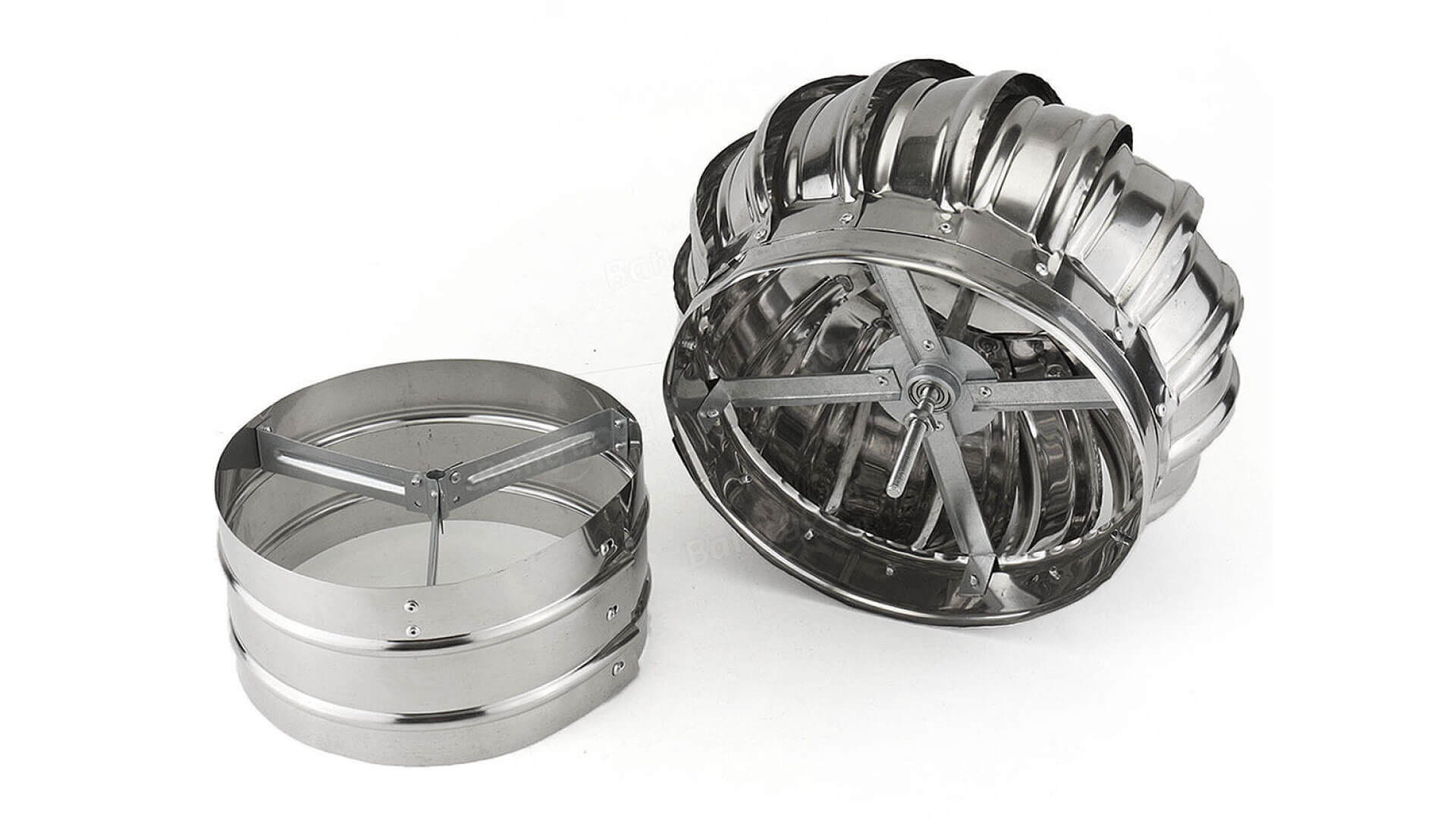
Benefits and reasons to install a Whirlybird
There are many reasons to install a Whirlybird, the first being the significant cost savings that will impact upon your back pocket over the course of time.
Any Australian can tell you how much their air conditioning bills have been known to skyrocket over particularly hot summers, with anywhere up to hundreds of dollars in excess energy use impacting on the average household budget as rising summer temperatures place pressure on home cooling systems.
In comparison, a Whirlybird might only set you back between $60-$100. This upfront cost will pay itself off over the course of a single summer season, let alone the years that follow. The attractive savings Whirlybirds offer are one of the top reasons people choose to install them in comparison to other roof ventilation options.
Another attractive reason to install a Whirlybird is their eco-friendliness. Although they work on a 24-hour shift, they’re completely ‘green’, particularly if you buy the wind-powered Whirlybird.
Whirlybirds are one of the most environmentally friendly options available on the market when it comes to natural home cooling. With many home designs moving towards more eco-friendly power options and design implementations, this can make the Whirlybird an attractive choice if green energy is a priority.
As well, Whirlybirds come in a wide variety of
Request a Free Cost & Price for Supplying and Installing a Whirlybird >
1 Roof Vent
Supply & Installation Price2 Roof Vents
Supply & Installation Price3 Roof Vents
Supply & Installation Price4 Roof Vents
Supply & Installation PriceSolar Roof Vents
The Future of Roof Ventilation
Adequate roof and attic ventilation can provide many benefits to your home. Of these benefits, increased energy efficiency and improved temperature control of your living spaces are often of the greatest interest to most homeowners. Obtaining adequate roof and attic ventilation requires that hotter, stagnant air within the attic space be expelled, or exhausted, via roof vents and replaced with cooler, fresh air from the exterior of the home via soffit vents typically found along the eave of your home. Properly achieving this flow of air is critical to gaining the aforementioned benefits. Exhaust roof vents are typically found near the apex of your roofing system in the form of a passive ridge or gable vents.
These types of passive vents rely only on their location of placement at higher points on the roof and work off of the principle of “hot air rises” to exhaust warmer air from the attic space. This can become troublesome, however, as many times, passive exhaust venting is inadequate for the volume of attic space to be ventilated and more complex roof systems with multiple ridge lines can impede proper air flow. This is quite common, as proper venting is typically not at the forefront of a builder’s mind. To solve these ventilation inadequacies, look no further than solar roof vents for the answer!
A solar roof vent solves one of the biggest problems with proper attic and roof ventilation which is the lack of proper exhaust volume. Too little exhaust capability can result in hot air remaining in your attic space driving up cooling costs. This is especially true if your attic contains ductwork for your air conditioning system.
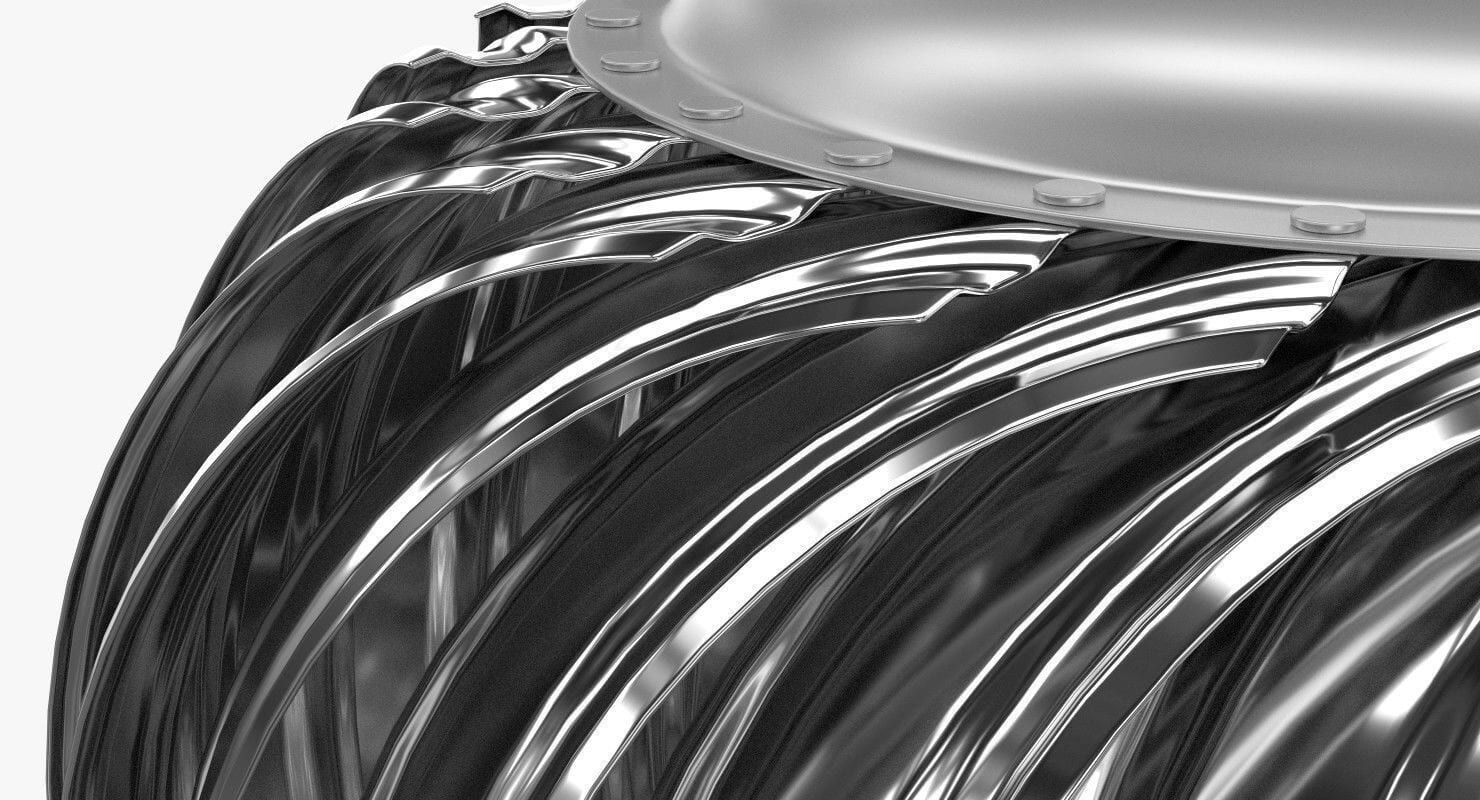
An excessively hot attic will transfer its heat through the ductwork and inhibit the cooling capabilities of your air conditioning system. Additionally, lack of attic air exhaust can lead to increased moisture build-up which can, over time, lead to a development of mold and mildew within the roof deck as well as the potential for wood rot.
Solar roof vents come in a variety of shapes and sizes, but they all have one thing in common – they are an active exhaust system that uses solar power to rotate their fan blades which allow hot air to be sucked out of an attic space in order to make room for fresh, cool air to come in from the lower soffit vents. The benefits of using a solar roof vent over passive systems such as a gable or ridge vents are simply the active exhausting nature of these powered vents. Because solar vents actively remove air from the attic space, they are much more efficient and effective at removing a higher volume of air over time than that of a passive system.
Also, because they actively pull the air out, the air movement within the attic space is quickened and stagnant locations within a larger, complex roof can also see some relief. Other active roof venting means do exist, such as wind-powered whirlybirds or electrically powered fans, but the use of a solar roof vent is far and away a much more reliable and energy efficient choice. Wind-powered whirlybirds obviously require wind to operate. This can lead to an inconsistent operation, whereas using a solar-powered whirlybird (a type of solar roof vent) is a much more effective option. While electrically operated exhaust vents offer similar exhausting capabilities as that of a solar powered vent, their consumption of electricity makes them undesirable. After all, one of the benefits of proper roof venting is the energy consumption savings.
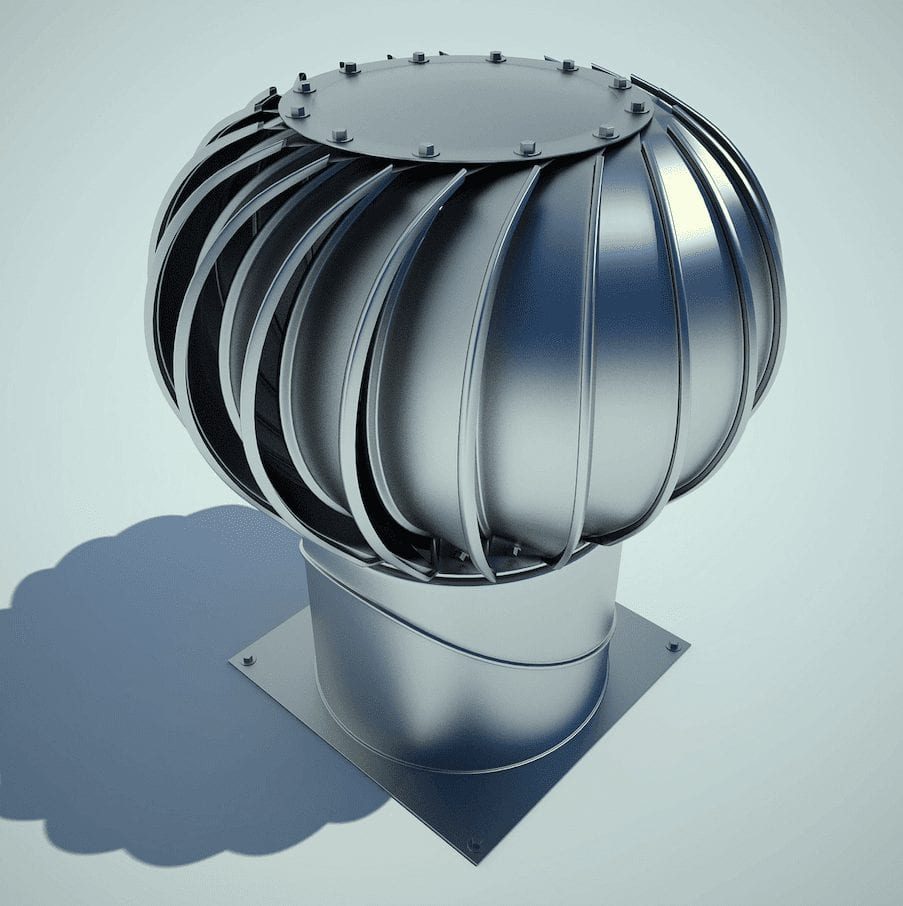
Choosing which solar powered roof vent is best for your home application is often the hardest part of the process of moving to solar-powered ventilation. It is important to remember that proper roof and attic ventilation is a system of fresh, cool air flow in and hotter air flow out. The intake and exhaust capabilities of any one particular attic space must be equal thereby creating a balance of net air in and net air out at all times. Any tip of the scales to one end of the ventilation spectrum can result in negative results. For example, too much roof exhaust coupled with too little intake capability will create negative air pressure within your attic space. If this occurs, conditioned air from your living spaces below can be pulled into your attic space through poorly sealed areas.
This effectively defeats the original purpose of ensuring energy efficiency and temperature control with proper roof ventilation. With this in mind, the selection of your exhaust venting should match that of your intake venting capabilities. The venting capabilities of any particular roof vent (intake or exhaust) are expressed in the net free area. The net free areas of the combined total of intake vents must match that of the net free areas of the combined total of exhaust vents. Once you have determined the amount of additional exhaust ventilation needed, find a solar vent product that falls within your needs, keeping in mind you may choose to use multiple solar powered vents to achieve your total exhaust needs.
1 Roof Vent
Supply & Installation Price2 Roof Vents
Supply & Installation Price3 Roof Vents
Supply & Installation Price4 Roof Vents
Supply & Installation PriceInstallation can typically be performed by a do-it-yourself homeowner by following the manufacturer’s installation guide. Each fan varies slightly in installation procedure; however, in general, installation requires marking and cutting a hole in your roof for the vent to access the attic air and installing the fan base flashing to the roof deck with adequate means for sealing off rain-water infiltration. It is important that your solar roof vent is positioned at the apex of the roof, between roof rafters, and in full sun throughout the day in order to enjoy the full benefits of proper roof exhaust from your solar powered roof vent(s). The wide-ranging benefits of solar powered roof vents over traditional passive, static vents truly make them the future of roof ventilation.
